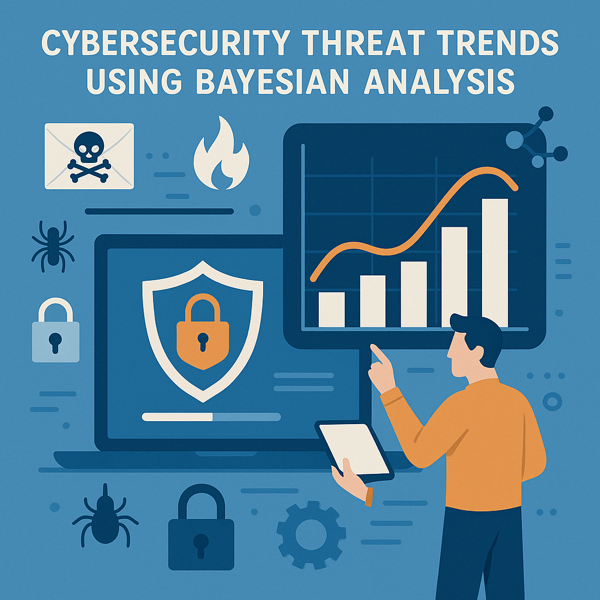The cyber landscape doesn’t evolve. It pivots. In recent months, shifting signals have upended our baseline assumptions around geopolitical cyber risk, OT/edge security, and the influence of AI. What we believed to be emerging threats are now pressing realities.
The Bayesian Recalibration
New data forces sharper estimates:
- Geopolitical Spillover: Revised from ~40% to 70% – increasingly precise cyberattacks targeting U.S. infrastructure.
- AI‑Driven Attack Dominance: Revised from ~50% to 85% – fueled by deepfakes, polymorphic malware, and autonomous offensive tools.
- Hardware & Edge Exploits: Revised from ~30% to 60% – threats embedded deep in physical systems going unnoticed.
Strategic Imperatives
To align with this recalibrated threat model, organizations must:
- Integrate Geopolitical Intelligence: Tie cyber defenses to global conflict zones and state-level actor capabilities.
- Invest in Autonomous AI Defenses: Move beyond static signatures—deploy systems that learn, adapt, and respond in real time.
- Defend at the OT/Edge Level: Extend controls to IoT, industrial systems, medical devices, and field hardware.
- Fortify Supply‑Chain Resilience: Assume compromise—implement firmware scanning, provenance checks, and strong vendor assurance.
- Join Threat‑Sharing Communities: Engage with ISACs and sector groups—collective defense can mean early detection.
The Path Ahead
This Bayesian lens widens our aperture. We must adopt multi‑domain vigilance—digital, physical, and AI—even as adaptation becomes our constant. Organizations that decode subtle signals, recalibrate rapidly, and deploy anticipatory defense will not only survive—they’ll lead.
* AI tools were used as a research assistant for this content, but human moderation and writing are also included. The included images are AI-generated.

